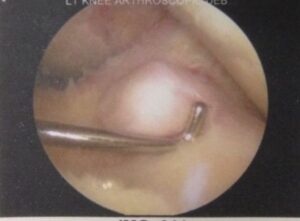- Experiencing knee pain, knee stiffness, or knee instability?
- Looking for accurate diagnosis & reliable treatment?
Common Knee Problems

Dr Paul Thng Leong Keng 
MBBS (Singapore)
FRCS (Edin)
FRCS (Glas)
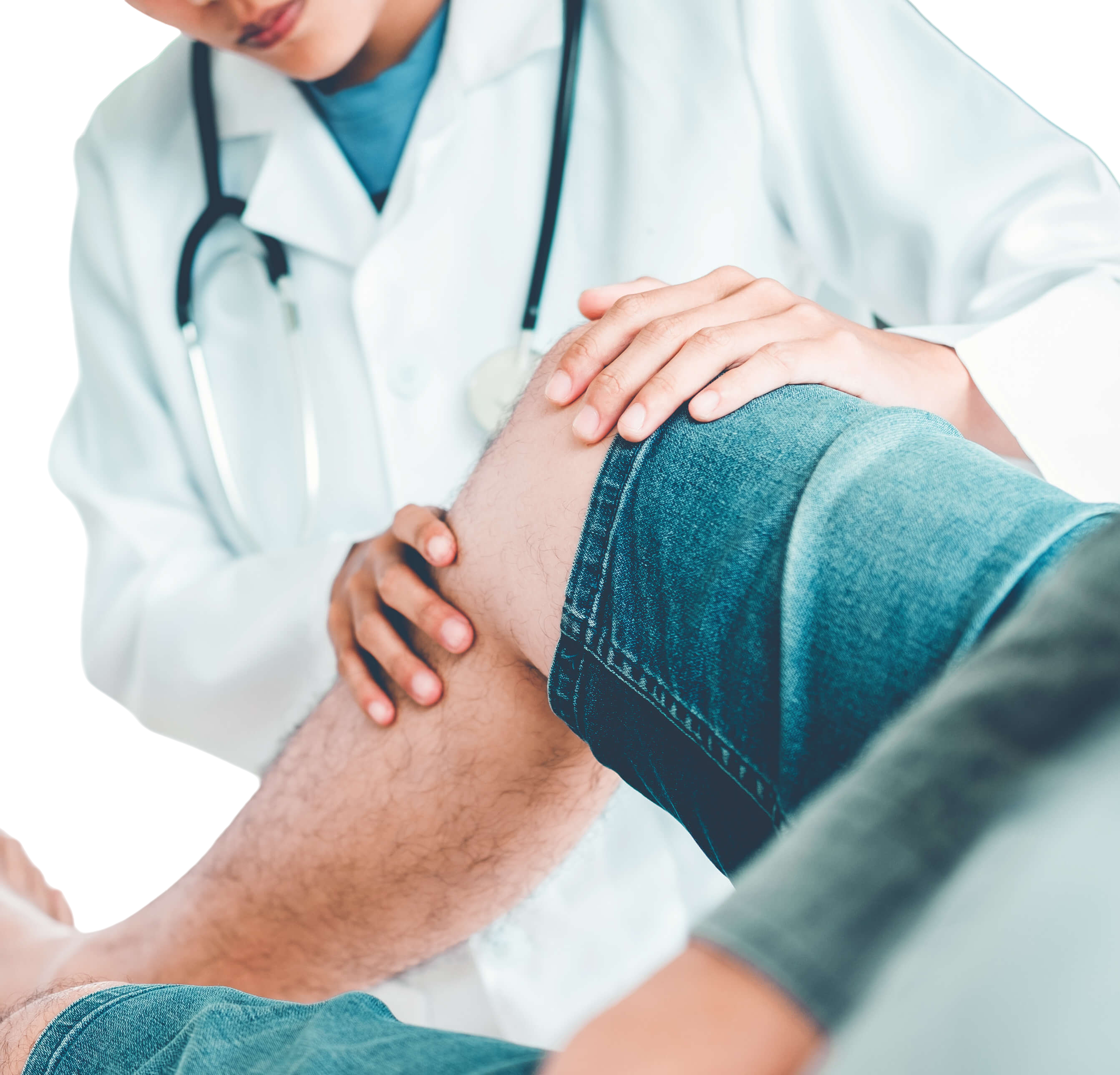

Introduction
Knee issues are very common occurrences. It can arise as a result of many different conditions. Usually the pain will originate from one of the structures of the knee, including the bony structures of the knee joint (thigh bone, leg bones or knee cap), the ligaments of the knee or the cartilage of the knee, including the meniscus. Structures around the knee joint, like the tendons and bursa, can also cause pain which seem to be arising from the knee.
How do Knee Problems present?
Knee problems can present in different ways, as listed below.
Knee pain
This is probably the most common form of presentation. The pain can present acutely/suddenly, as in the form of a fracture or an injury to a ligament or cartilage. It is also not uncommon for the pain to be present for a long time and to increase gradually over time, as in the case of different forms of arthritis of the knee e.g. osteoarthritis. Chronic overuse or repetitive injuries could also cause worsening knee pain, as in tendinitis, knee cap problems like chondromalacia or bursitis.
Other symptoms like difficulty walking, limping, knee swelling and redness may often accompany knee pain.
Knee stiffness
Stiffness of the knee can also present in various forms. Stiffness is common in different forms of arthritis of the knee. Stiffness can also result when a part of the knee jams into joint causing a limitation in flexion or extension of the knee (“locking”). This most commonly occurs when there is a torn meniscus.
Arthroscopy showing a synovial lump, which caused the patient pain and locking or “jamming” of the knee.
Knee giving way or knee instability
This occurs when a major stabilizing structure of the knee is damaged, namely the knee ligaments, the menisci or the knee joint. When this happens, the knee can give way when stressed in certain positions. Knee pain may accompany the event. For example, if one has a torn anterior cruciate ligament (torn ACL), a sudden change in direction during sports may often result in the knee giving way.
When should I consult a physician for knee pain?
Knee pains may sometimes spontaneous resolve after some time. However, any pain that does not respond to rest or disappears within a few days should be evaluated by a doctor. Certain conditions of knee pain can progress to a more serious condition if it is neglected for too long. In addition, the following are symptoms and signs in the knee that a doctor should evaluate:
- Swelling
- Inability to bend
- Deformity
- Unable to walk or discomfort while walking
- Significant pain
Meniscal Repair Video
Evaluation of Knee Problems
Knee problems/pain are 1st evaluated by a history and physical examination. By knowing the onset, duration, progress etc of the pain or disability will help the physician to come to a better understanding of the diagnosis. The physical examination will include aspects like looking for swelling, identifying painful points in the knee and moving the knee through the full range of motion. The stability of the ligaments and cartilage are also checked and a diagnosis can be then made.
Imaging of the knee in the form of X-rays and MRI can provide further information and confirm the diagnosis. X-rays can often show fractures and degenerative changes in the knee, as evidence by osteophytes and narrowing of the joint spaces. MRIs (Magnetic Resonance Imaging) can demonstrate torn ligaments, tendons and cartilage/meniscus of the knee.
Arthrocentesis (aspiration of the joint) may sometimes be helpful, both in the diagnosis and treatment of certain knee conditions.
Some Common Knee Problems
Acute injuries
- Fractures: Severe trauma to the bones surrounding the knee can cause the bones to break. This condition is usually associated with an incident causing severe injury to the knee. The bone that could be broken include the knee cap (patella fracture), the thigh bone (femoral fracture or femoral condylar fractures) or the leg pain (tibial or tibial plateau fractures).
- Ligament injuries: Ligaments injuries frequently occur with sporting activities, where sudden changes in direction may result in twisting forces and ligamentous injuries. The most commonly affected ligament is the anterior cruciate ligament (ACL tear), although any of the 4 major ligaments of the knee can be affected.
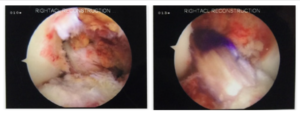
- Meniscus injuries: The meniscus (pleural menisci) are C shape-like cartilages in the knee that serve to increase the articulation of the knee joint and also serve as shock absorbers for the knee. Injuries to the meniscus can tear a piece of the cartilage and it can “jam” in-between the knee joint, causing a restriction of motion, or “locking”.
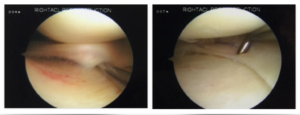
- Knee dislocations: This is a rare but severe form of knee injury following severe trauma to the knee, like in a road traffic accident. Surrounding structures like the nerves and blood vessels may also be affected.
Chronic/Overuse injuries
- Osteoarthritis/degenerative arthritis (OA): This condition occurs when the cartilage of the knee joint wears off as a result of various conditions, e.g. overuse, cartilage injury or damage.
Fig 3: Patient with damaged cartilage (OA)
- Tendinitis: repeated use and/or injury can cause inflammation of the surrounding tendons which can present both acutely or chronically. Examples include patella tendinitis, quadriceps tendinitis or injuries to the hamstrings.
- Bursitis: Bursa are fluid filled linings around the joints. When inflamed they can cause pain and disability with difficulty in walking.
Systemic or General Medical Conditions
Systematic conditions can cause problems in multiple joints, and the knee is not spared. Some examples include:
- Gout: Gout occurs when uric acid crystals are deposited in the joint, triggering a painful inflammatory response. Its most common joint of involvement is the big toe, although it certainly can affect the knee.
- Rheumatoid Arthritis: This and other autoimmune conditions can affect the joints of the body, causing pain, deformity and disability.
Treatment Options
Treatment options of the knee range from the conservative to arthroscopic and open surgery, depending on the type of condition, the duration of the condition, treatment options already tried and the severity of the condition.
- Mediations: Different medicines may be used for varying purposes, including pain relief, managing various medical conditions and treating specific conditions (e.g. allopurinol for gout).
- Physical therapy: These include various forms of muscle stretching, strengthening together with mobilization of the knee joint. It can often be guided by a physiotherapist.
- Injections: Injections can be done for various reasons and can sometimes be done in conjunction with a knee aspiration (or arthrocentesis). Injections can be used to relieve pain, reduce inflammation or to introduce medication into the knee joint.
- Surgery: Surgery may be the best form of treatment in certain situations e.g. a displaced fracture that needs reduction and stabilization. It can be performed through an arthroscope (e.g. arthroscopic ACL reconstruction, meniscal repair, cartilage issues etc) which can be often performed through keyhole cuts in the knee. Or surgery might be done in an “open” fashion, (e.g. a total knee replacement, fracture fixation etc) depending on the requirements of the situation.
Many knee conditions can be successfully managed if treated with the appropriate method and timing, with the ultimate aim of restoring good or reasonable function of the knee joint.
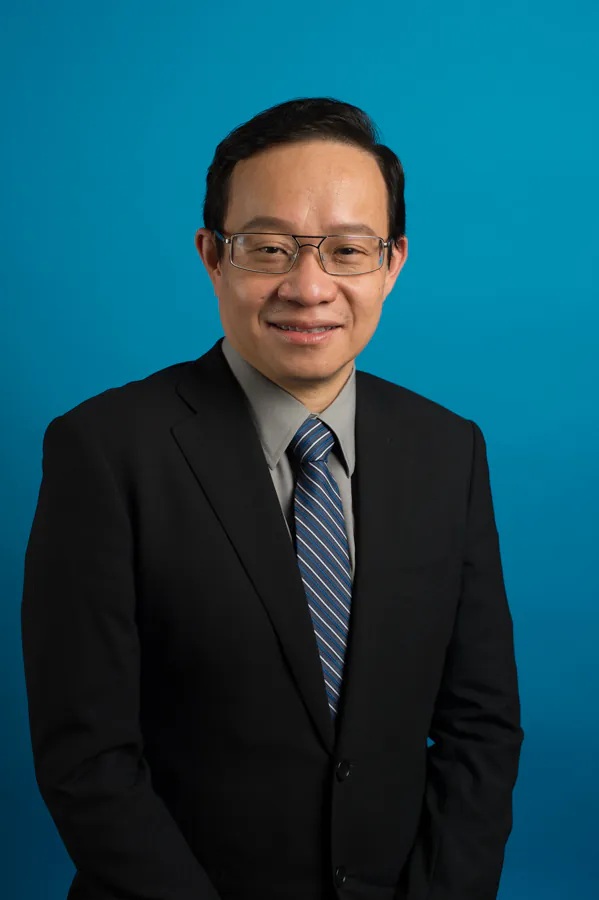

Dr Paul Thng Leong Keng
Dr. Thng has been recognized for his work internationally and has been invited to demonstrate live spine surgical and operative skills in several countries.
- Senior Consultant and Medical Director, PTL Spine & Orthopaedics Clinic
- Visiting Senior Consultant Orthopaedic Surgeon, Changi General Hospital
- Adjunct Associate Professor, National University Hospital
- Trustee, AO Foundation
- Associate Editor, Global Spine Journal
- Scientific Reviewer, Singapore Medical Journal and Annuals of the Academy
Dr Paul Thng Leong Keng is a fellowship-trained orthopaedic surgeon subspecializing in spinal surgery. Based on hospital OTM records from 2003-2013, he performed over 3000 operations and over 1200 spine procedures, both open and minimally invasive. He has held various prestigious positions such as the Head of Spine service at Changi General Hospital, Chairman of AOSpine East Asia, and Executive Member of AOSpine International Board.
Dr. Thng has been recognized for his work internationally and has been invited to demonstrate live spine surgical and operative skills in several countries. He continues to contribute to the field through research and serves as an associate editor of the Global Spine Journal.
PTL Spine & Orthopaedics
Mount Elizabeth Novena Specialist Centre
38 Irrawaddy Road #07-34
Singapore 329563
Make An Appointment
For enquiries or feedback, please fill the following form below and we will get back to you as soon as we can.
